Pirelli: The World Famous Calendar Company that also makes tires.

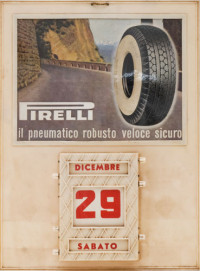 Founded in Milan in 1872 by Giovanni Battista Pirelli, the Pirelli company initially specialized in rubber and derivative processes and also made scuba diving rebreathers. Later the company focused on the production of tires and cables ( Pirelli sold its cable division to Goldman Sachs in 2005). In 1974, Pirelli invented the “wide radial tire”, on request from the Lancia rally racing team. Subsequently, Porsche started using the same tires with the award-winning Porsche 911 Turbo.
Founded in Milan in 1872 by Giovanni Battista Pirelli, the Pirelli company initially specialized in rubber and derivative processes and also made scuba diving rebreathers. Later the company focused on the production of tires and cables ( Pirelli sold its cable division to Goldman Sachs in 2005). In 1974, Pirelli invented the “wide radial tire”, on request from the Lancia rally racing team. Subsequently, Porsche started using the same tires with the award-winning Porsche 911 Turbo.
The Pirelli Calendar was started by Derek Forsyth, the former Advertising Manager at Pirelli, with the intent of optimizing the value of the restricted advertising budget. At the time Pirelli, like most companies, would distribute various promotional gadgets such as key chains or ashtrays personalized with the company logo. Forsyth wanted to allocate the marketing resources on a single object that had a wide appeal. Thus was born the Pirelli calendar.
In 1963 the company asked emergent photographer Terence Donovan for a series of images based on the twelve best-selling Pirelli products, in twelve different areas of export. Donovan photographed the models together with the Pirelli products; bicycle tires were the best-selling product in Hong Kong, and a Chinese girl posed for Donovan on a bicycle; airplane tires were clearly the best-selling product in the Fiji Islands, so that the inside of an airplane was chosen as the location to photograph a girl from the Fiji Islands, and so on for each one of the twelve images of the calendar. The calendar was not a success, to the point that this first edition has been virtually almost ignored by every publication of the Pirelli Calendar.
1963 – Terence Donovan
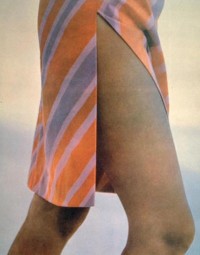 The 1964 calendar, shot by British fashion photographer Robert Freeman in Majorca, was more tasteful. It was also a bit racier, featuring a topless model (modestly covered). Only 4000 copies were handed out to Pirelli tire dealers each year according to some rumors. But the Calendar soon cast off its original role as a “corporate freebie” and turned into an exclusive publication with a strong aesthetic and cultural vocation.
The 1964 calendar, shot by British fashion photographer Robert Freeman in Majorca, was more tasteful. It was also a bit racier, featuring a topless model (modestly covered). Only 4000 copies were handed out to Pirelli tire dealers each year according to some rumors. But the Calendar soon cast off its original role as a “corporate freebie” and turned into an exclusive publication with a strong aesthetic and cultural vocation.
Pirelli claims that their calendar reflects society’s tastes. 1965 is a bit bolder than 1964; one photo shows a bra peaking out from under a shirt and shorts that are partially unzipped. 1966 is a step more risqué, with a provocative rear view (May, again) featuring see-through panties. 1968 bares the first nipple, and by 1970 the calendar is featuring unabashedly sensual photos shot by Italian magazine and advertising photographer Francis Giacobetti in Paradise Island, Bahamas. By 1974 there was an obvious focus on the tits.
1964 – Robert Freeman
1965 – Brian Duffy
1966 – Peter Knapp
1968 – Harri Peccinotti
1970 – Francis Giacobetti
1973 – Brian Duffy
1974 – Hans Feurer
The Pirelli Calendar stopped publishing from 1975 through 1983, as the company struggled with the gas crisis and union problems. But it roared back in 1984 with German-born photographer Uwe Ommer. All of the models were now fully nude and each photo displays the Pirelli tire track pattern, sometimes emblazoned directly onto the models’ bodies. February features three perfectly formed bare bottoms on a Bahamas beach, inked with tire tracks and back-dropped by a deep blue sea and tropical sky.
In 1985, Pirelli’s British and Italian teams both commissioned a 1986 calendar – Britain enlisting photographer Bert Stern, Italy enlisting Helmut Newton. Until then, the project had been handled solely by the UK arm of the company and there was some argument as to which version would be published. Coincidentally, Newton had to abandon his project mid-way through shooting due to personal issues, so Stern received the commission.
Newton’s series was still completed to his specifications by his assistants Manuela Pavesi and Xavier Alloncle, and Pirelli stored them in their archives as a “family heirloom”. In 2014, coincidentally (or not) a calendar year in which the dates precisely line up with 1986, the 50th anniversary of the calendar itself (if you conveniently ignore the 8 years it wasn’t published) and 9 years after Helmut Newton’s death, the photos were finally published. Surprisingly, not only were Newton’s models still clothed but his shoot featured actual tires.
In case you forgot, Pirelli is actually a tire company.
Since then Pirelli has enlisted the industry’s most renowned photographers to shoot the world’s most beautiful women for what has become an iconic calendar, exclusive to the glitterati. The likes of Sophia Loren, Alessandra Ambrosio, Gisele, J. Lo, Naomi Campbell, Cindy Crawford, Milla Jocovich and Kate Moss have stripped off to grace it’s pages, while Richard Avedon, Patrick Demarchelier, Nick Knight, Karl Lagerfeld, Inez and Vinoodh, Annie Leibovitz, Peter Lindbergh, Mario Sorrenti and Bruce Weber have all stepped up to the lens.
1987 – Terence Donovan
1987’s calendar featured two models newly discovered by returning photographer Terence Donovan: Somalian born Waris Dirie and a young English model named Naomi Campbell. Both went on to build hugely successful careers in modeling and film, and have been internationally recognized for their work in various humanitarian causes.
2007 – Inez van Lamsweerde & Vinoodh Matadin
The 2007 calendar marked a turning point from most previous years: with a simplistic film set that Pirelli claimed returned to the 1960’s as stylized in the classic foreign films of Pier Paolo Pasolini and Michelangelo Antonino. The use of 70 year old Sophia Loren (fully clothed) was a direct link to that era. The models also included Hillary Swank, Naomi Watts, Penelope Cruz & Lou Doillon. By now it had become a virtual “Who’s Who” of the VIP set from several continents, and although its release still commanded the fawning attention of the fashion world it was also drawing criticism for, believe it or not, not showing enough skin.
 The particularly odd thing about the Pirelli calendar is its distribution. You won’t see it on the wall of your local tire shop or garage, and you can’t buy one on the newsstand: in fact it’s sent to only a very select number of key clients and celebrity VIP’s. As Tom Fordy remarked in a 2014 article for The Telegraph,” It can’t be bought, yet it must cost a bomb to make. Presumably it still makes excellent business sense to Pirelli as a marketing exercise (the fact that I’m writing about it suggests they’re right), even though, surely, no one ever reads a press article about the latest calendar and thinks, “That reminds me, I must pop down to Kwik-Fit and stock up on a new set of radials.”
The particularly odd thing about the Pirelli calendar is its distribution. You won’t see it on the wall of your local tire shop or garage, and you can’t buy one on the newsstand: in fact it’s sent to only a very select number of key clients and celebrity VIP’s. As Tom Fordy remarked in a 2014 article for The Telegraph,” It can’t be bought, yet it must cost a bomb to make. Presumably it still makes excellent business sense to Pirelli as a marketing exercise (the fact that I’m writing about it suggests they’re right), even though, surely, no one ever reads a press article about the latest calendar and thinks, “That reminds me, I must pop down to Kwik-Fit and stock up on a new set of radials.”
“For more than 50 years the Pirelli Calendars have shaken the media world with their audacity, innovation and spectacular imagery. The Calendar was very much a product of the cultural revolution which inspired a new sensuality, a new appreciation of the female form and, above all, an urgent need to break taboos. In the sixties a tidal wave of creative energy swept through rock music, fashion, films and photography, and the stuffiness and austerity of post-war London quickly surrendered to a new vitality which turned the city into the style capital of the world. At the same time a tire manufacturer with a foreign name shot to fame outside Italy with an annual PR extravaganza which became coveted by students, cabinet ministers, royalties and superstars alike. The Pirelli Calendar has redefined the rules of glamorous photography; by tradition calendars were hung on garage walls – now they hang in museums, and Pirelli have gone on redefining those rules year after year. Its twelve leaves were – and still are – awaited with enthusiastic anticipation.” – FastDates.com
Of course most of the imagery is online today and readily accessible through Google, which has certainly demystified the publication to a considerable extent. Perhaps in response to that, Pirelli themselves have joined with Taschen publishing to produce a 576-page tome containing every edition for the first 50 years. It also includes “…never-before-seen images from the shoots and some rare “censored” photos that were considered too risqué by the editors and therefore never saw the light of day.”
The popular edition of the book retails for $49.99; it was also released as a Collector’s Edition in a limited print run of 1,000 that included artist proofs, which, despite costing $2,000, was quickly sold out.
For those of you anxiously anticipating the 2016 calendar, renowned photographer Annie Leibovitz has handpicked a series of “inspirational” models including Serena Williams, Yoko Ono, Patti Smith, Kathleen Kennedy, Yao Chen and Shirin Neshat. In a statement released by the Pirelli team, Leibovitz explained her vision and direction for next year’s release: ” I started to think about the roles that women play, women who have achieved something. I wanted to make a classic set of portraits. I thought that the women should look strong but natural and I decided to keep it a very simple exercise of shooting in the studio. This calendar is so completely different. It is a departure. The idea was not to have any pretense in these pictures and be very straightforward.”
Leibovitz also worked on the Pirelli calendar in 2000, which makes her one of 10 photographers who have shot two editions since its debut in 1964. The upcoming 2016 edition will also reportedly be a far cry from the usual aesthetic. The 43rd edition of the Pirelli calendar will be presented at the Roundhouse in London on Nov. 30, and a digital space is live on Perelli’s website.
“..provocative sexual imagery isn’t the goal. Instead, it’s to celebrate feminist heroines with a group of inspiring female icons who are better known for their brains and accomplishments than their looks, although they are gorgeous too.”
Oh yeah, Pirelli also makes tires.
References:
Pirelli Ofiicial Site
The Pirelli Calendar (official)
Pirelli Calendars: 1963-1973
Pirelli Calendars on Agonistica
Pirelli Calendars: 1964-2007


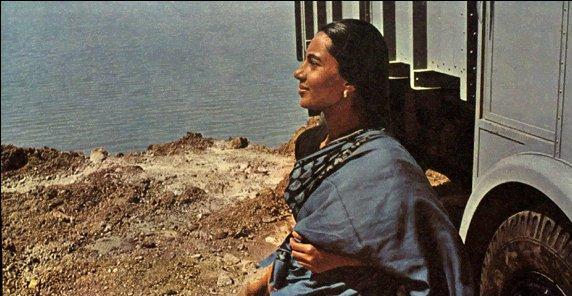








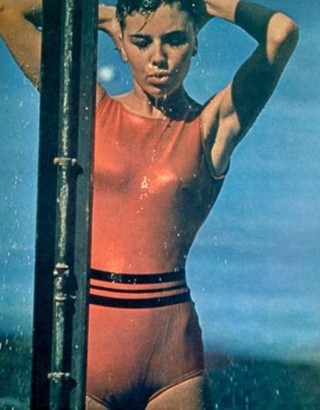

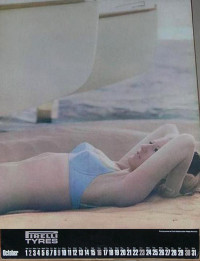



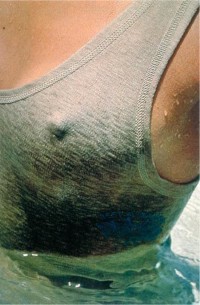

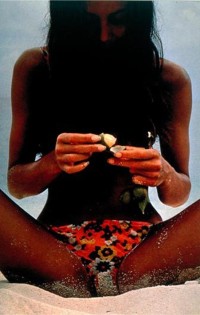
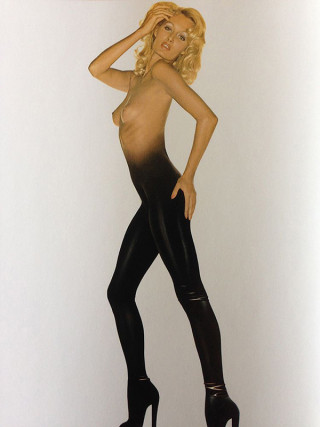
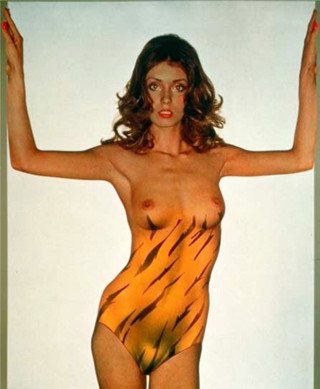

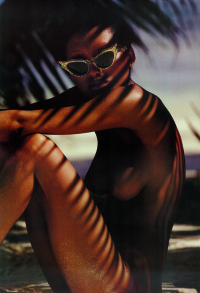




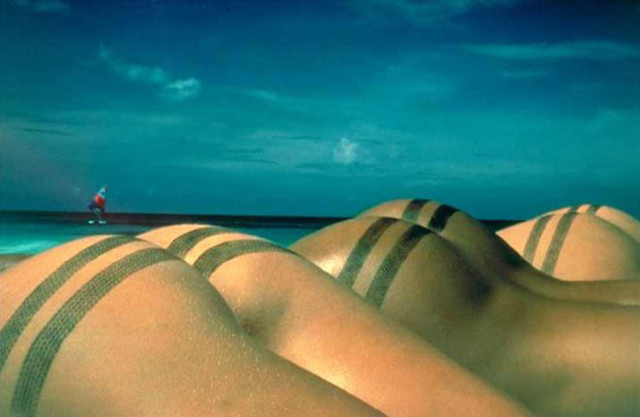


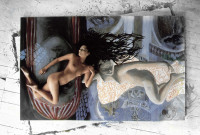



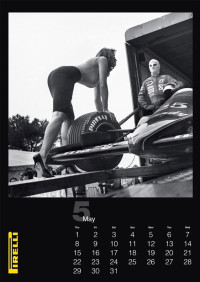






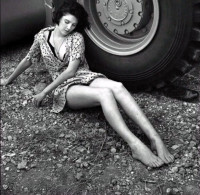


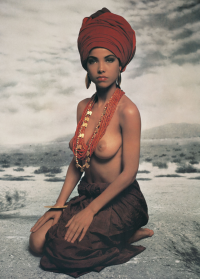
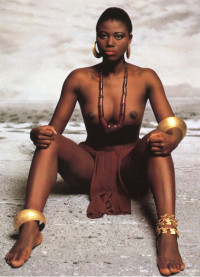
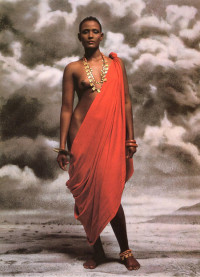

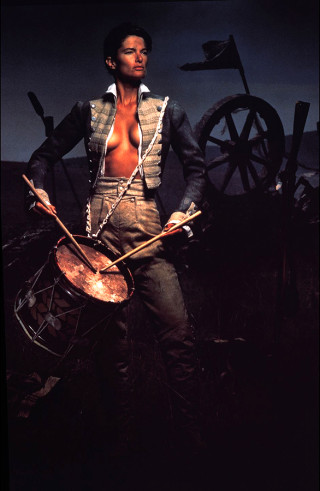

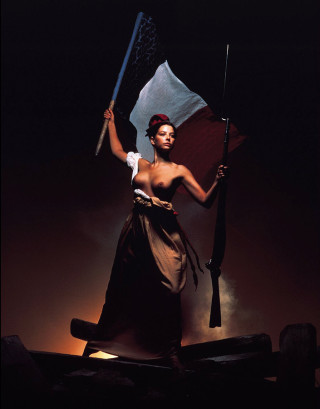




























Comments
Pirelli: The World Famous Calendar Company that also makes tires. — No Comments
HTML tags allowed in your comment: <a href="" title=""> <abbr title=""> <acronym title=""> <b> <blockquote cite=""> <cite> <code> <del datetime=""> <em> <i> <q cite=""> <s> <strike> <strong>